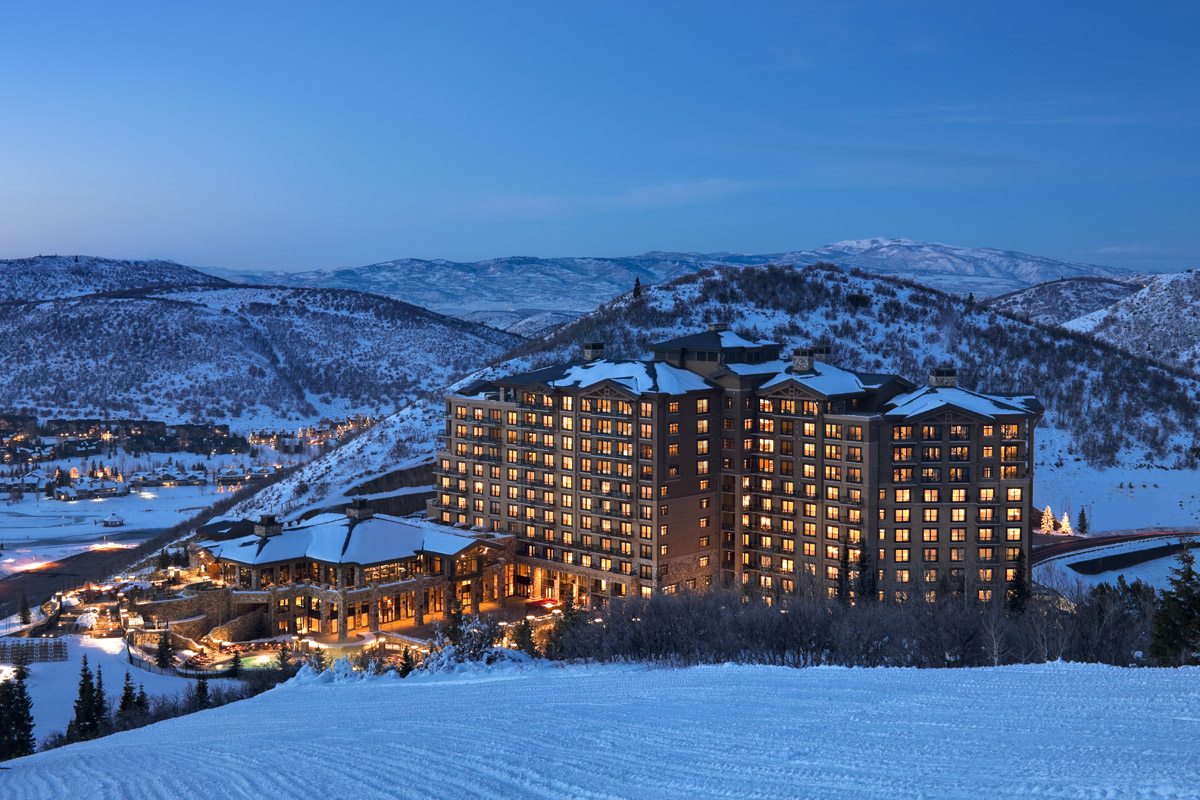Goa, India is the only vacation spot in the world that has a type of trance named after it.
This is not a beach holiday to be taken lightly. Taxi drivers hang rosaries from their rearview mirrors and litter the dashboards with shrines to Ganesh or Buddha or both––they need all the help they can get as they navigate the chaotic streets. Water buffalos block your rays. Cobras can spoil your day. Trance parties, their signature pay-and-play rave events, can still be found. Or you could just golf, too.
The flight is daunting. New York to Abu Dhabi takes about thirteen hours and then you wait nearly seven more to catch the flight to Mumbai. And then you wait again in Mumbai, a cavernous terminal with Baskin-Robbins, hot dogs and cappuccino and no ESPN.
When you finally arrive in Goa, the Darbolim Airport is tiny and filled with military aircraft, and, as usual for that part of the world, they segregate you into men’s and women’s lines where nobody ever checks your passport, but if you are carrying a fountain pen, you will spend a very long time explaining to a very long line of security people why a pen is not a weapon unless wielded on paper.
But the sand is bleached-teeth white and the Arabian Sea is bluer than any eye. And as soon as you buy a cold beer and a massive plate of king prawns from a matchstick hut and sit, finally, sit, you’ll find yourself shedding the skin of your life.
North Goa or South Goa? That is the question.
The North beaches are about trance parties, although they’re now limited (except during Christmas) by a 10 p.m. curfew. Anjuna and Arambol Beach provide some of the wildest. Vagator Beach is the party hot spot because of its beautiful beaches but it’s a dangerous walk down a very steep cliff. (That also describes the trance party scene, too.) The Sunburn Festival of Candolim Beach is a raver’s must-do.
Most luxury hotels and secluded beaches are in sedate and sane South Goa. The stretch from Velsao village south to Mobor and Betul is considered one of the most spectacular, although Colva is best known but packed with cars, bikes, bars and endless tourists. Just a mile down the coast, the pristine beaches return. Palolem, Galgibag and Agonda are defiantly undeveloped and a reminder of what the beaches of Goa were once like.
You’ll have a wide choice of accommodations, including stilted beach shacks. Most places advertise the amenity of an “on-site doctor” and some offer their own security force. Despite what signs say, ALL beaches in India are public. Hotel owners would like you to think otherwise.
Fish and seafood are staples and their preparation is heavily influenced by the Portuguese, and yet is still Indian. Xãcuti is a wonderfully rich curry but equally wonderful are the fried oysters. Goa is a player in the spice trade and chefs here are unafraid of using the local crops.
 The locals drink “feni” which is Goan liquor made from cashew and often served in a coconut. You hold your breath and drink it quickly. “It smells like chloroform,” the bartenders are quick to tell you. No trance party is a trance party without it.
The locals drink “feni” which is Goan liquor made from cashew and often served in a coconut. You hold your breath and drink it quickly. “It smells like chloroform,” the bartenders are quick to tell you. No trance party is a trance party without it.
From Christmas to New Years Day, the entire island is tinseled until senseless. There’s a glee about the holidays that’s contagious. Since the curfew is lifted, each night until dawn, there are music festivals, fireworks and dances on even the most conservative beaches. It’s also peak tourist season and the prices are as breathtaking as the gaiety.
However, most of the winter season is lovely. March is a less crowded time to go. If you come off-season in October or April or May, you’ll find that the beaches will be empty and most things are closed. If you come in June to the end of September, it’s monsoon season. You can’t swim, there’s no sun, but the grass looks good from all the rain. And if you’ve come all that way to look at grass, you should just stay home.



